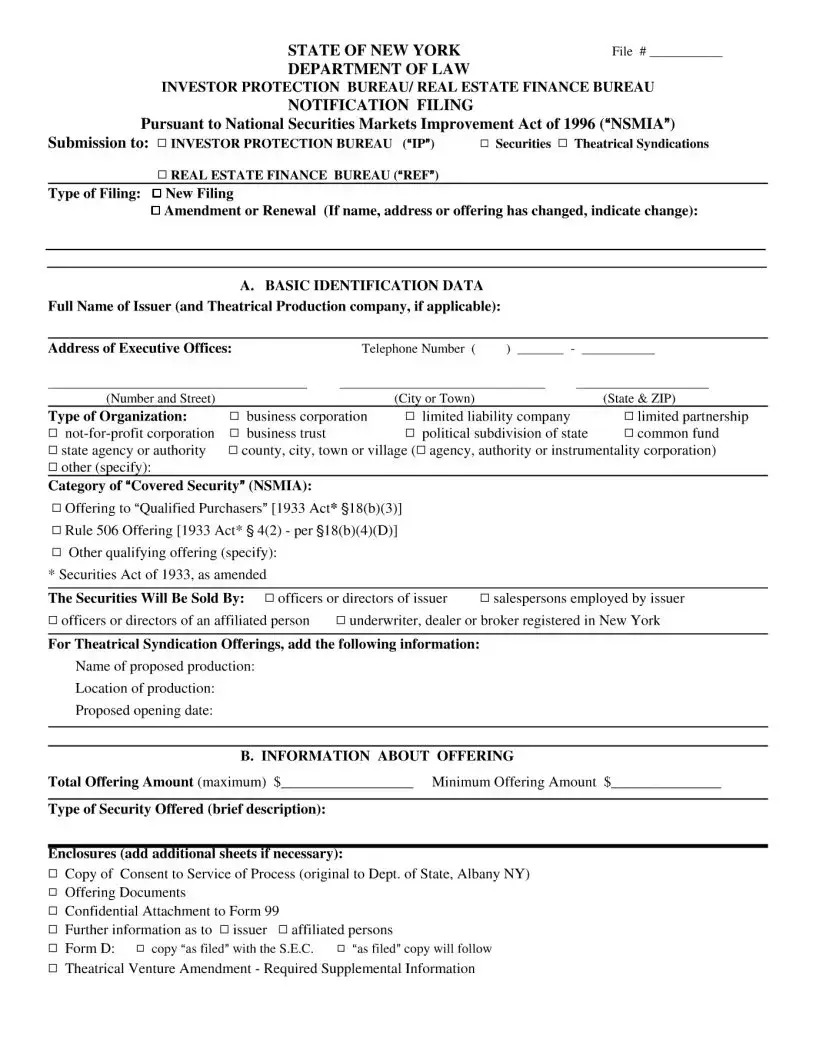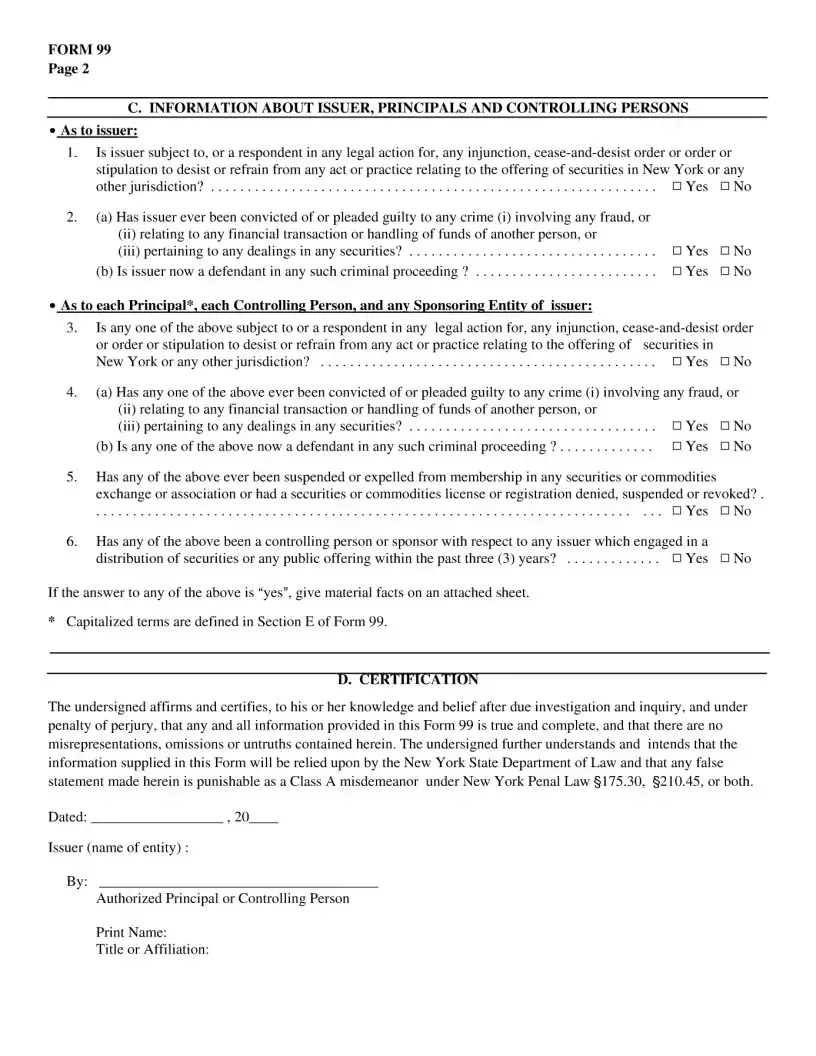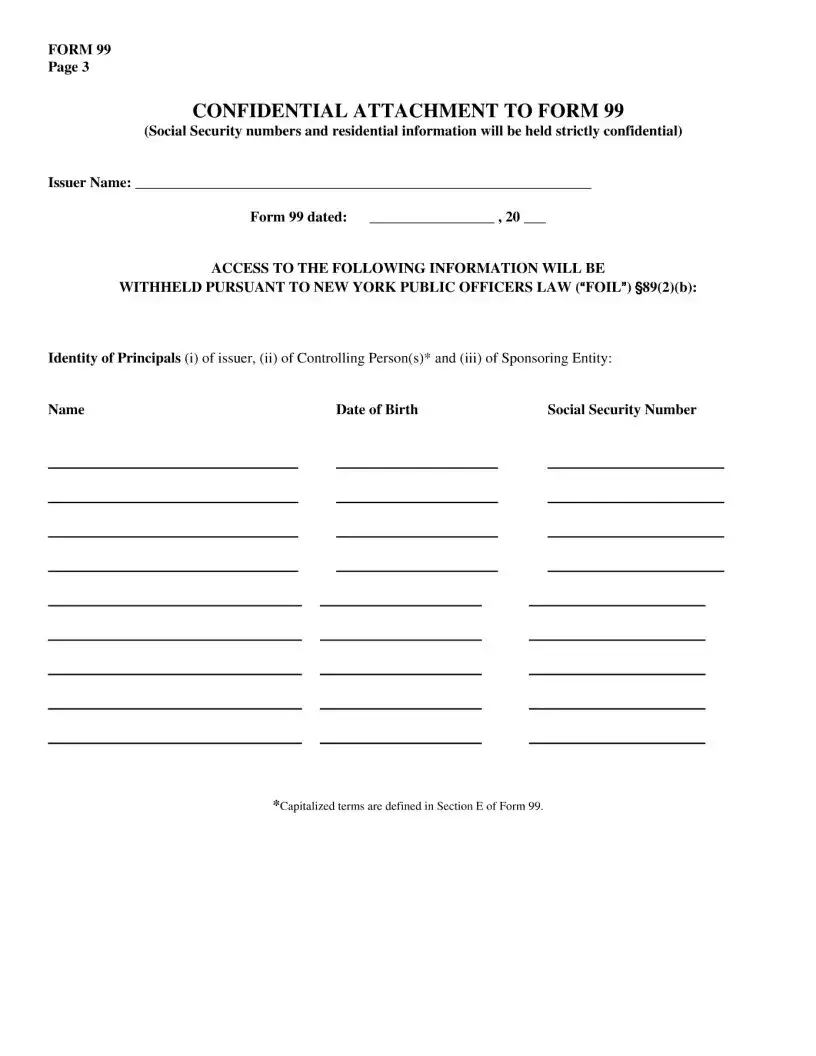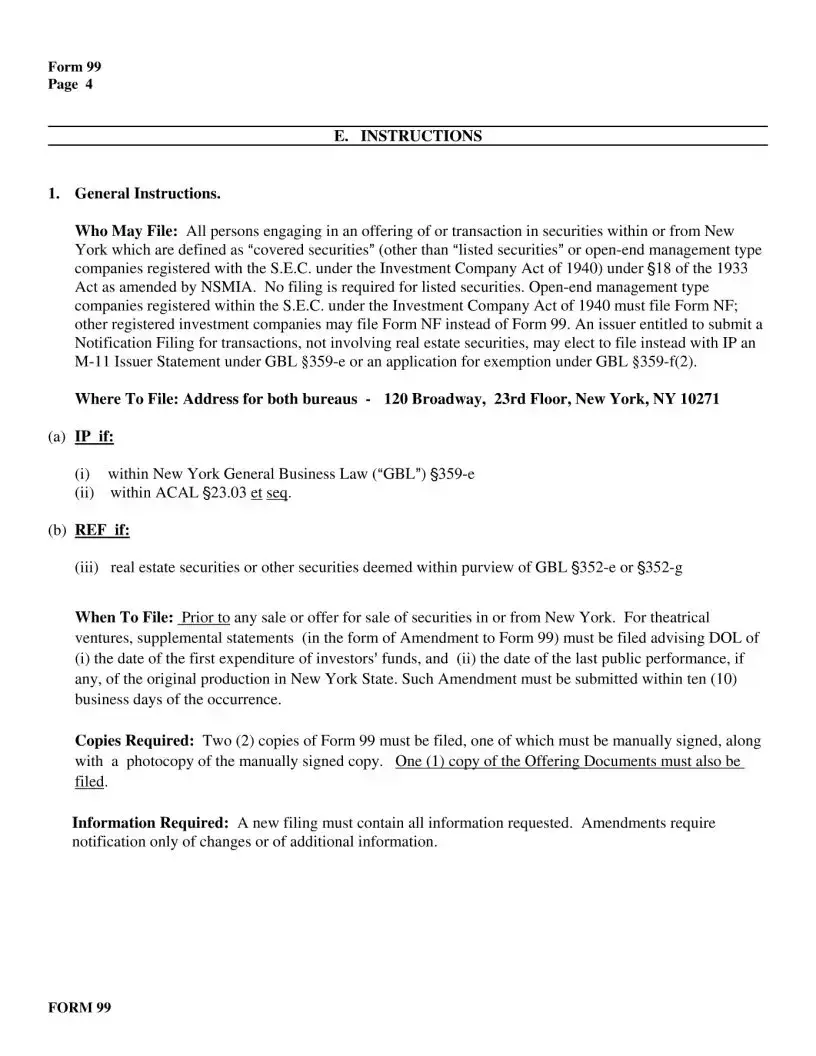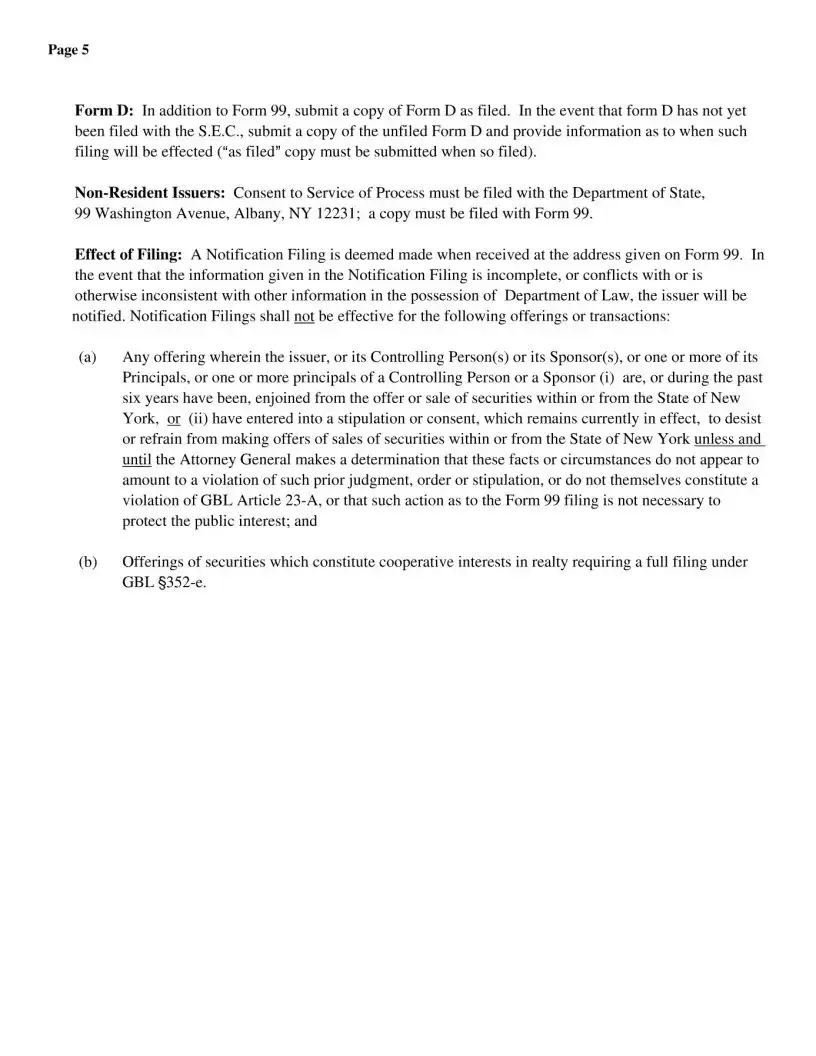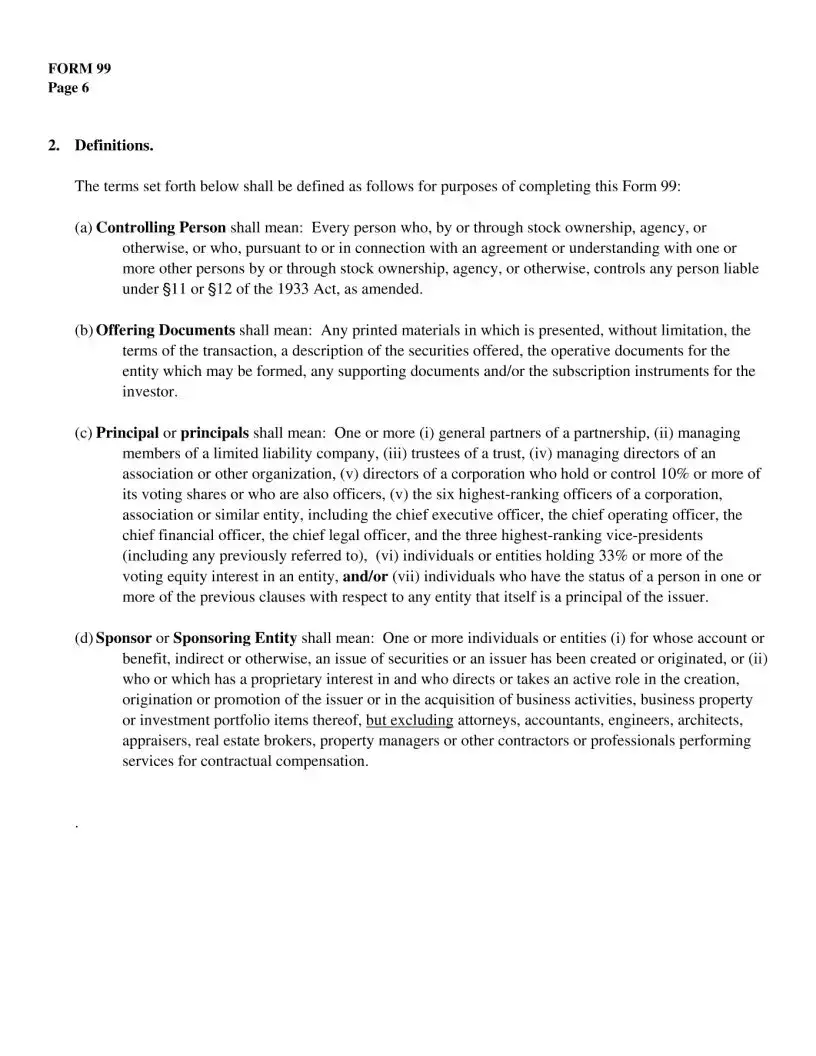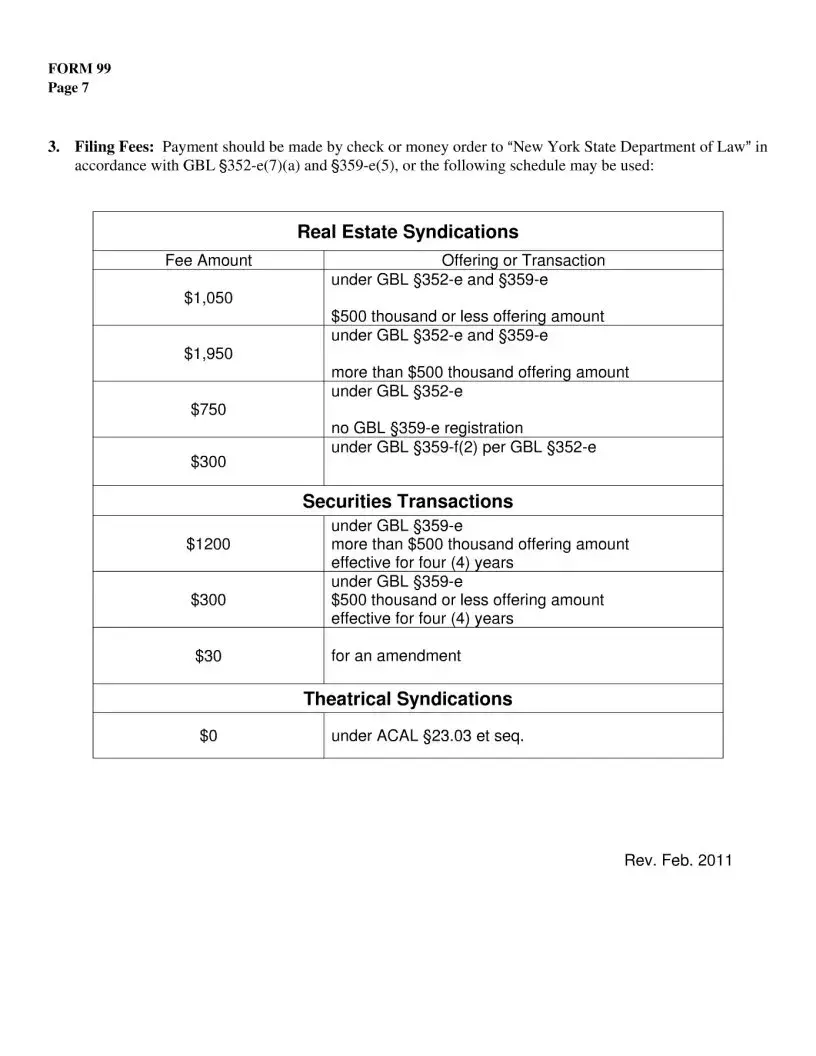The Form 990 is a document required by the IRS from tax-exempt organizations, offering a comprehensive overview of an organization's activities, governance, and detailed financial information. A similar document is the Form 1023, which is used by organizations to apply for recognition of exemption from federal income tax under section 501(c)(3) of the Internal Revenue Code. Both forms are designed to ensure transparency and compliance with IRS regulations, but while Form 990 focuses on reporting for an existing tax-exempt entity, Form 1023 is for entities seeking to establish their tax-exempt status.
Another document similar to the Form 990 is the Form 1120, which is the U.S. Corporation Income Tax Return. Though primarily for taxable entities, it serves a parallel purpose to Form 990 by requiring detailed financial information, allowing the IRS to assess tax liabilities. Where Form 990 demonstrates a nonprofit's adherence to the regulations governing tax-exempt status, Form 1120 ensures that for-profit corporations accurately report their income and correctly pay their due taxes.
The Schedule K-1 (Form 1065) bears resemblance to Form 990 in that it details an entity's financial activities, but it applies to partnerships rather than nonprofit organizations. This form reports a partner's share of a partnership's earnings, deductions, credits, etc., thus providing the IRS with information necessary to determine the tax liability of both the partnership and the individual partners. Like Form 990, it emphasizes financial transparency and accountability, though within a different context.
Form 5500, Annual Return/Report of Employee Benefit Plan, shares objectives with Form 990 in terms of reporting requirements, but it applies to employee benefit plans. This document provides the government with information necessary to ensure that these plans comply with the Employee Retirement Income Security Act (ERISA) and the Internal Revenue Code. Both forms aim to protect stakeholders (employees in the case of Form 5500 and the general public and donors for Form 990) by ensuring adherence to relevant laws and regulations.
The Form 1041, U.S. Income Tax Return for Estates and Trusts, also aligns with the Form 990 in its requirement for detailed financial reporting. This form ensures that estates and trusts report income, deductions, and credits to the IRS. While Form 990 assures the government and the public of a nonprofit's proper financial conduct, Form 1041 ensures that estates and trusts meet their tax obligations and that beneficiaries receive their due share of income.
State-specific charitable solicitation registration forms are akin to the Form 990 in that they require nonprofits to disclose financial and operational information to state regulators. These forms are crucial for maintaining public trust in charitable organizations by providing transparency about where and how funds are used. Although they vary by state, their intention mirrors that of Form 990, striving for accountability and compliance within the realm of charitable activities.
Lastly, the Form 941, Employer's Quarterly Federal Tax Return, resembles Form 990 by demanding detailed reporting, but for payroll taxes withheld from employees' wages, rather than nonprofit financial and operational data. The form is a critical tool for the IRS to monitor payroll tax obligations. While serving different sectors, both forms underscore the importance of thorough financial reporting as a means of ensuring entities meet their respective regulatory requirements.
